Astronaut visits Bernardston Elementary School to celebrate Moon Tree planting
| Published: 05-29-2025 9:29 AM |
BERNARDSTON — The roots for Bernardston Elementary School’s Artemis Moon Tree were actually planted more than 238,000 miles away.
In a celebration of the school’s planting of a Moon Tree – a sweetgum whose seeds orbited around the moon on the unmanned Artemis I lunar flight mission in November and December 2022 — the school welcomed former NASA astronaut and retired Air Force Col. Catherine “Cady” Coleman on Tuesday morning to talk about her experience in space and encourage students to reach for the stars when trying to achieve their goals.
The driving force behind getting the Moon Tree to Bernardston, one of more than 230 in the nation, was Amy VanDoren, a seventh grade student at Pioneer Valley Regional School, who began the school’s application while in sixth grade. Bernardston’s Moon Tree is the only one in Massachusetts, according to NASA.
“I’ve always been obsessed with space and I’ve always wanted to do more in school and it seemed like a cool way to connect other people with space,” VanDoren said, adding it was a team effort from her, school staff and community partners to get the application finalized and approved by NASA. “It’s so amazing to see all the people here.”
The Artemis Moon Tree program is an echo of the original Moon Trees from the Apollo 14 moon mission in 1971. On that mission, hundreds of tree seeds orbited the moon in the command module before returning to Earth, where they were planted around the United States, often in celebration of the country’s bicentennial in 1976.
The new generation of seeds aboard Artemis I orbited the moon for about four weeks before returning home. The 2022 mission is aptly named, too, as Artemis is the twin sister of Apollo in Greek mythology.
Coleman, a Shelburne resident, spoke to students about her time on the International Space Station and how she and her fellow crew members were able to take their wide range of skills and use them to accomplish their mission. This teamwork model, she added, applies down here on Earth, too, as she urged kids to listen to multiple perspectives.
“I think it took quite a team to have the moon tree here,” Coleman said. “To be on a team, it means that you need to be brave enough to stand up and say, ‘Here’s my idea ...’ Everyone has to feel free to say what their ideas are and — it’s a little harder — you have to listen to other people’s ideas because they’re going to be different from your ideas.”
Article continues after...
Yesterday's Most Read Articles
 Equipment failure at Turners Falls dam leads to 300-gallon hydraulic fluid leak
Equipment failure at Turners Falls dam leads to 300-gallon hydraulic fluid leak
 New Angel’s Edge Barbershop in Greenfield pays homage to late loved ones
New Angel’s Edge Barbershop in Greenfield pays homage to late loved ones
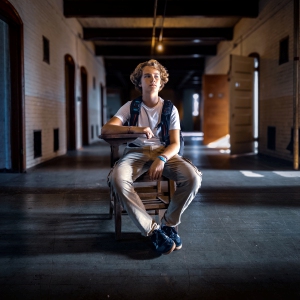 A star is born: Greenfield teen lands starring role first time acting in independent feature film
A star is born: Greenfield teen lands starring role first time acting in independent feature film
 MIAA Baseball: Jackson Campbell smacks game-winning hit in the 9th inning as Pioneer survives Georgetown, 4-3 (PHOTOS)
MIAA Baseball: Jackson Campbell smacks game-winning hit in the 9th inning as Pioneer survives Georgetown, 4-3 (PHOTOS)
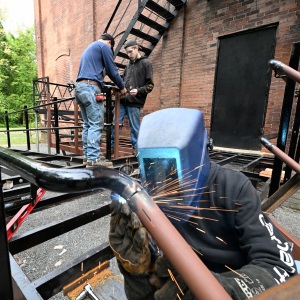 PHOTOS: Ramping up their education
PHOTOS: Ramping up their education
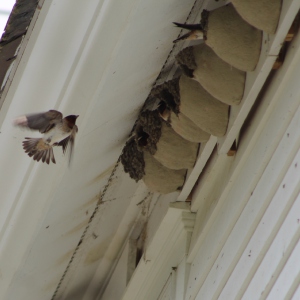 Rare cliff swallow colony to be removed from Rowe Town Hall
Rare cliff swallow colony to be removed from Rowe Town Hall
She noted her crew had a diversity of skills and what students learn in school, including math, writing, art and music, are all integral to growth.
“Everyone has different skills,” Coleman said. “All of those things are essential for being space explorers because all of us need to know how to read, write, share our stories and also learn things.”
Bernardston Elementary School Principal Sarah Burstein said Coleman’s visit was an opportunity for students to meet a local astronaut and learn about her experiences, while also relating to her. Burstein added that the Moon Tree is an educational resource that can be used in a wide variety of ways, as it is a living biology project.
“We have this amazing chance to really inspire our students and our teachers to incorporate the Moon Tree for our lessons,” Burstein said. “We’re hosting it, but it’s for everyone.”
In honor of the patches NASA makes for each space mission, the school is also compiling designs from students and will create a patch of its own for the Moon Tree.
With the moon tree planted — and protected through a wood structure created by Pioneer’s wood shop class — members of the public are invited to come check it out at the school, 37 School Road, outside of school hours, which are before 8:15 a.m. or after 3:30 p.m. Monday through Friday and all day on weekends.
To learn more about NASA’s Moon Tree program, visit bit.ly/4jmUWS2.
Chris Larabee can be reached at clarabee@recorder.com.

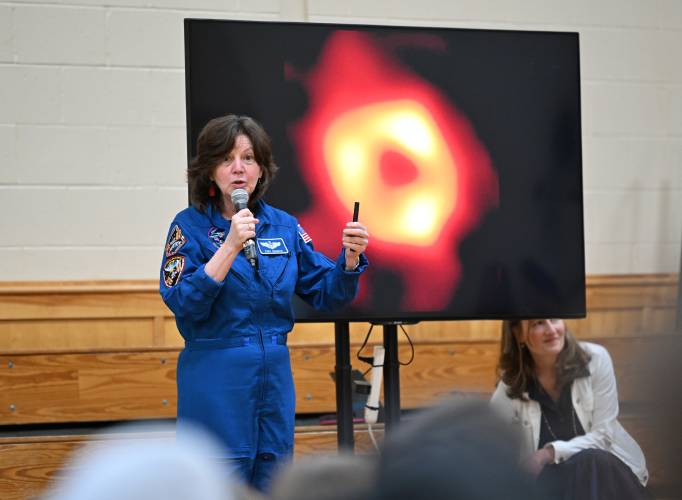

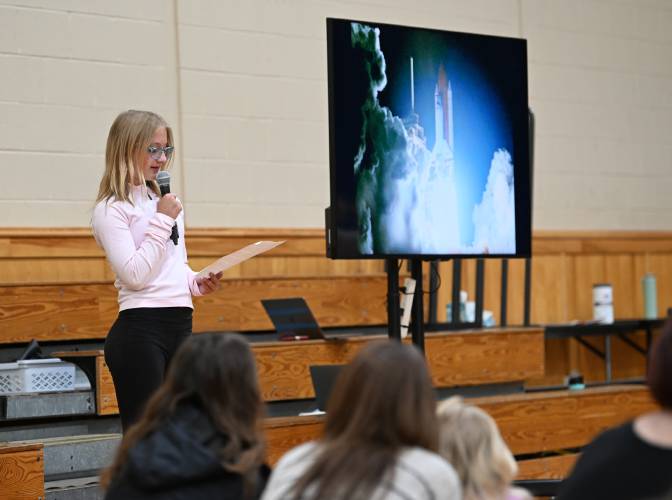

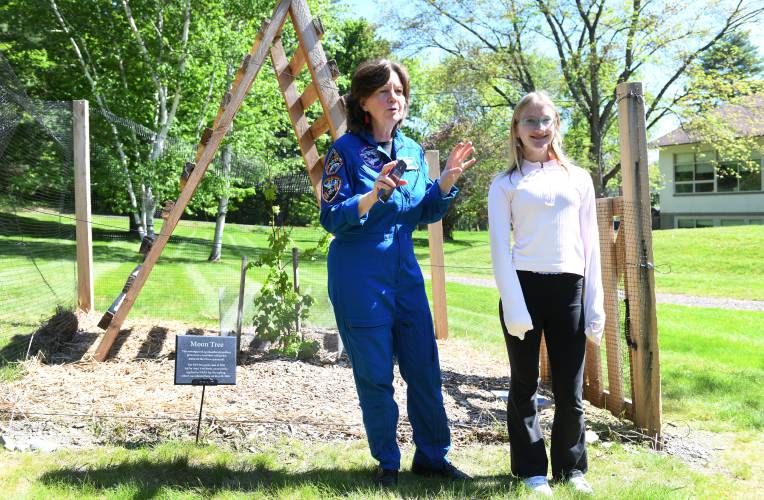





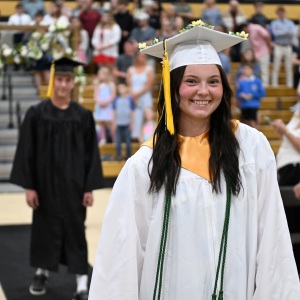 36 Pioneer grads lauded for discipline, persistence
36 Pioneer grads lauded for discipline, persistence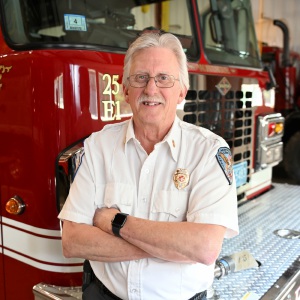 Montague Center fire chief retiring after 38 years with department
Montague Center fire chief retiring after 38 years with department
